The Importance of Foraging time
When you break down the day to day life of many species, it generally breaks down into two main pursuits, the pursuit of a mate and the pursuit of resources, which is generally food and water. The definition of foraging is to obtain food and resources from a place, and is the backbone of what we are going to be talking about in this article.
Foraging occupies an immense portion of a wild animal’s day and some animals, like the Mountain Gorilla, who spend about half of their day foraging for food and eating. To put that into the human perspective, the average American spends about 67 minutes consuming and preparing food. How the animal forages for its food varies by food item and species tremendously, but biologists have developed the Optimal Foraging Theory to help them predict these metrics.
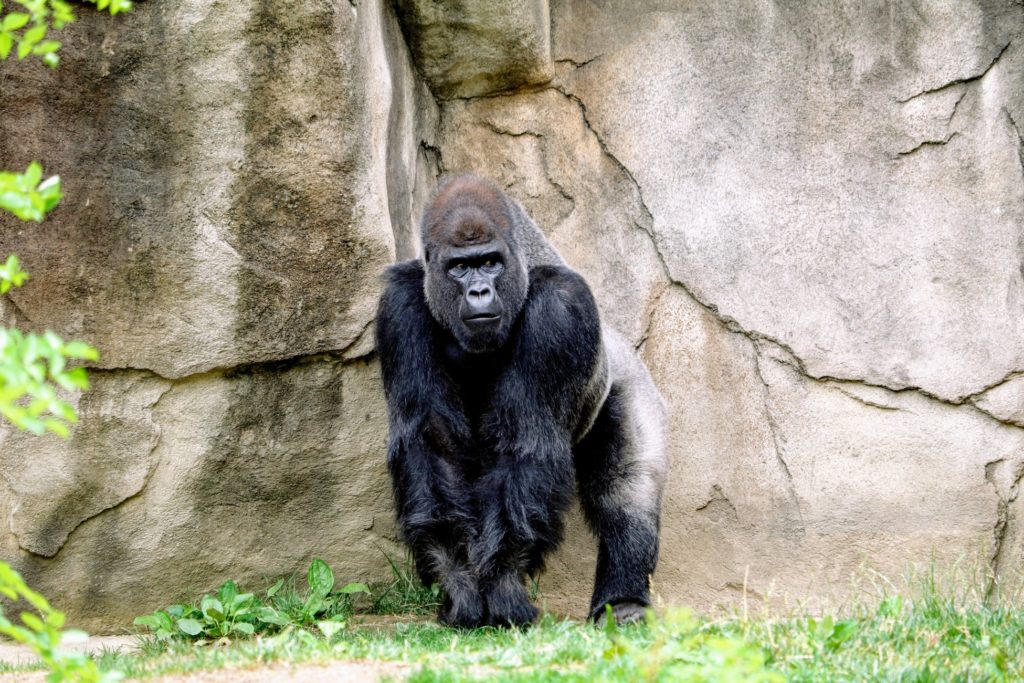
Optimal Foraging theory
The fundamental problem that every wild animal has to face while foraging is the energy spent getting the food item vs the energy they get from the food item. For example, a cougar hunting in the wild would have a much easier time catching a rabbit than an elk, but the elk would cost significantly more energy to kill and would also contain significantly more calories then the rabbit would. This problem has been boiled down into the Optimal Foraging Theory equation, which has four main variables, the energy contained in the prey, the handling time of the prey, the next most profitable item, and finally, the search time for that prey. Below is a graph of how the optimal foraging time is found for a given animal.
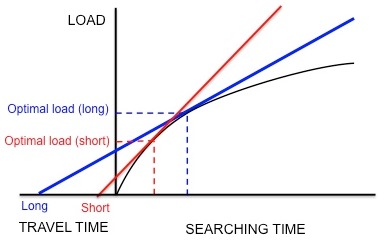
But right now your probably wondering what this has to do with captive animals? Well lets talk about that.
Foraging in the Wild Vs Captivity
Although there isn’t an Optimal Foraging Theory equation for captive animals yet, I think that looking at this theory really demonstrates the importance of foraging in wild animals, and if its important to wild animals then its also important to wild animals in a zoo setting. In a zoo setting, we make a lot of day to day decisions for the animals that we work with, we put them in exhibits that we design for them, give them mates and group members that we think are best for them and we give them food that we think is nutritionally optimal for them. Most of these decisions get made very infrequently and are hard to change, we cant easily redesign a new exhibit or get new mates for that animal, but one of the easiest things that we can make decisions about daily, is how we are feeding the animals we work with.
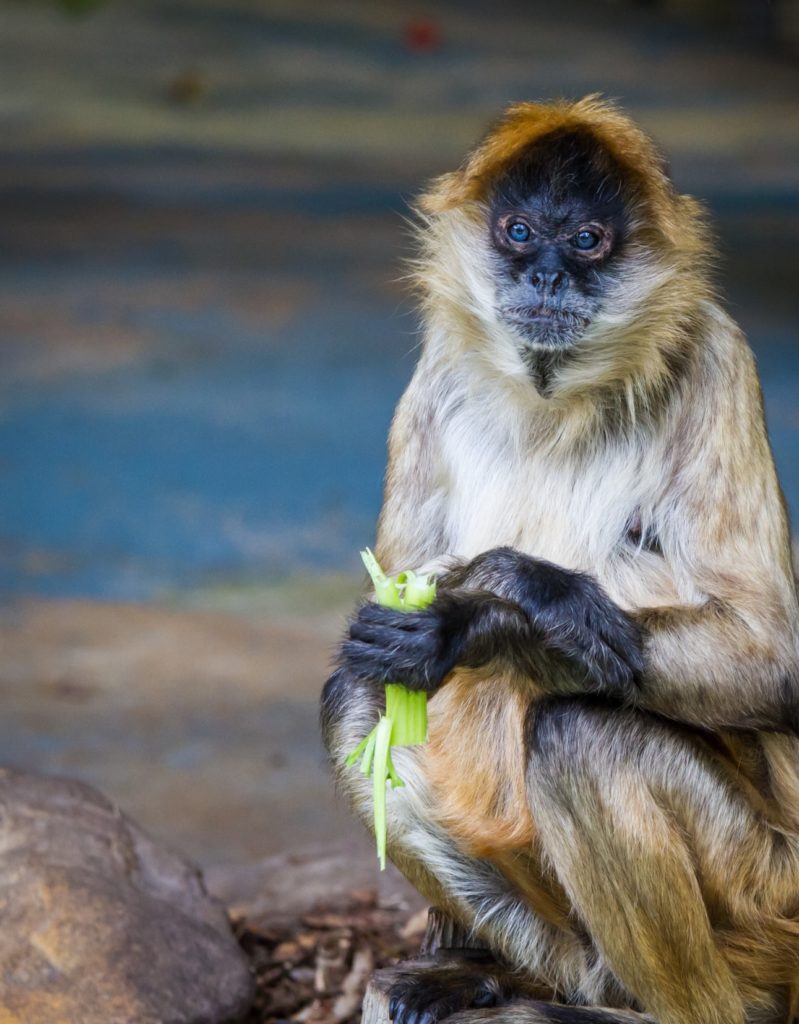
I believe foraging time should be talked about significantly more within the animal care world when we are looking at the total amount of time any given species is spending foraging in captivity vs the wild. For example, if those Mountain Gorillas we mentioned earlier are spending around 12 hours foraging for food in the wild, but only about an hour in captivity, raising the amount of foraging time should be a major priority to animal care staff.
There are several easy ways to increase foraging time in captivity, one is with food items and the other is with the use of contrafreeloading. In the work of White et al, they studied Grizzly bears in Glacier National Park in Montana, whose diet consisted of almost entirely moth larvae. White and his team estimated that the Grizzly Bears would have to eat around 40000 larvae per day to meet their caloric requirements and would have to, therefore, be consuming over 1700 an hour all-day. This study really goes to show you how much effort some animals will put into foraging and how foraging times can vary drastically with particular food items. While it’s not very realistic to be hiding 40000 larvae around a Grizzly Bear exhibit every day, utilizing less calorically dense food items and scattering them around an exhibit is a great way to easily increase an animals foraging time. The next way to increase an animals foraging
Contrafreeloading and its effect on Foraging
In my last article, I went in-depth into the benefits of contrafreeloading for captive animals. Contrafreeloading is a term for a type of behaviour in which an organism, when given the choice between food that requires no effort to obtain and food that does require effort to obtain, chooses the food that requires effort. This phenomenon appears to be true for most animals, from rats to cows.
By minimizing the amount of “free food” is provided for an animal and maximizing the total amount of food they have to “work for” you are naturally increasing the total amount of time the animal spends foraging. Contrafreeloading can be done with simple devices like placing the animal’s diet in a cardboard box or hanging it from a zipline and once the animal gets the hang of it you can use more complex methods like a dig box or a rolling hay feeder. These concepts can be applied to all animals, from hoofstock and even fish.
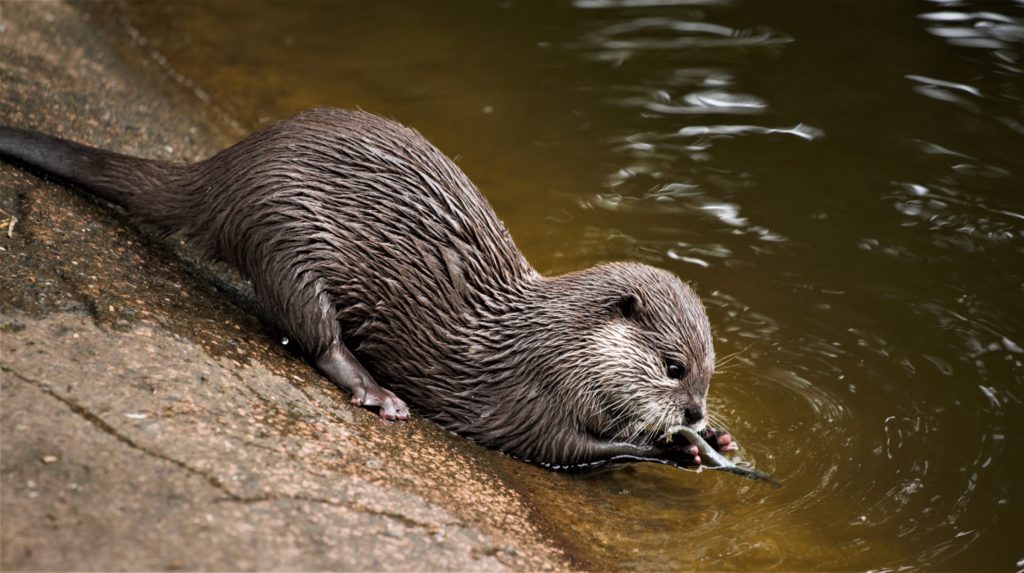
Important Metrics
As with any sort of changes to an animal’s routine, it’s worthwhile to track progress and record day to day findings. When the goal is to increase foraging time in an animal, there are several worthwhile metrics to track when doing this. The most important metric is foraging time, in order to track how much time an animal spends foraging for its diet once given access to it, it is also useful to track the foraging time before you try to increase it so you have a baseline to improve upon. The next important metric is the amount of free food offered day to day, this will give you a good idea as to where your at in the contrafreeloading process, again, this would be useful to track before and after you begin to try and increase foraging time. Check out this example of a daily foraging time and contrafreeloading tracker here. The last group of metrics are things that you are probably already recording, the type of enrichment (tactile, olfactory….etc) and the enrichment given to the animal that day as well as the enrichment effectiveness. These are useful to know because you can easily see what enrichment items/ types are giving the best increases to foraging time and from there you can adjust your enrichment program accordingly. Heres an example of a daily enrichment tracker here.
Lets increase foraging time together!
Incorporating foraging time into an enrichment program has the potential to dramatically increase its effectiveness, but why do it alone? As with most things to do with animal care, collaboration in animal enrichment is key. So lets increase foraging time together! Start with a trial two weeks of doing the same enrichment you normally do, keeping track of the metrics discussed above and enter them in this spreadsheet, then start another two weeks where you focus on increasing foraging time and decreasing the total amount of free food an animal is receiving. Once you have the results of the one month (it can be a shorter time period if you want) send me an email, with the results at [email protected]. I’ll take the spreadsheets and publish them (anonymously if needed) and make it available to other animal care professionals in order to assist them with their enrichment programs. From these results we will hope to make a “play book” for tracking foraging time and total free food in enrichment programs. Lets collaborate and increase foraging time together!
Daily Foraging and Contrafreeloading Tracker
Total Enrichment Program Spreadsheet
Need help with contrafreeloading or incorporating foraging time into your enrichment program? Check out this article or contact me, and I’d be happy to assist.
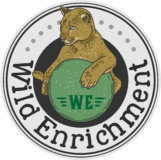
Pingback: Foraging Enrichment in Exotic Pets' Natural Diet